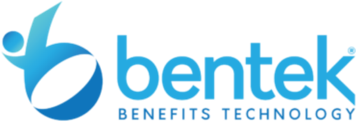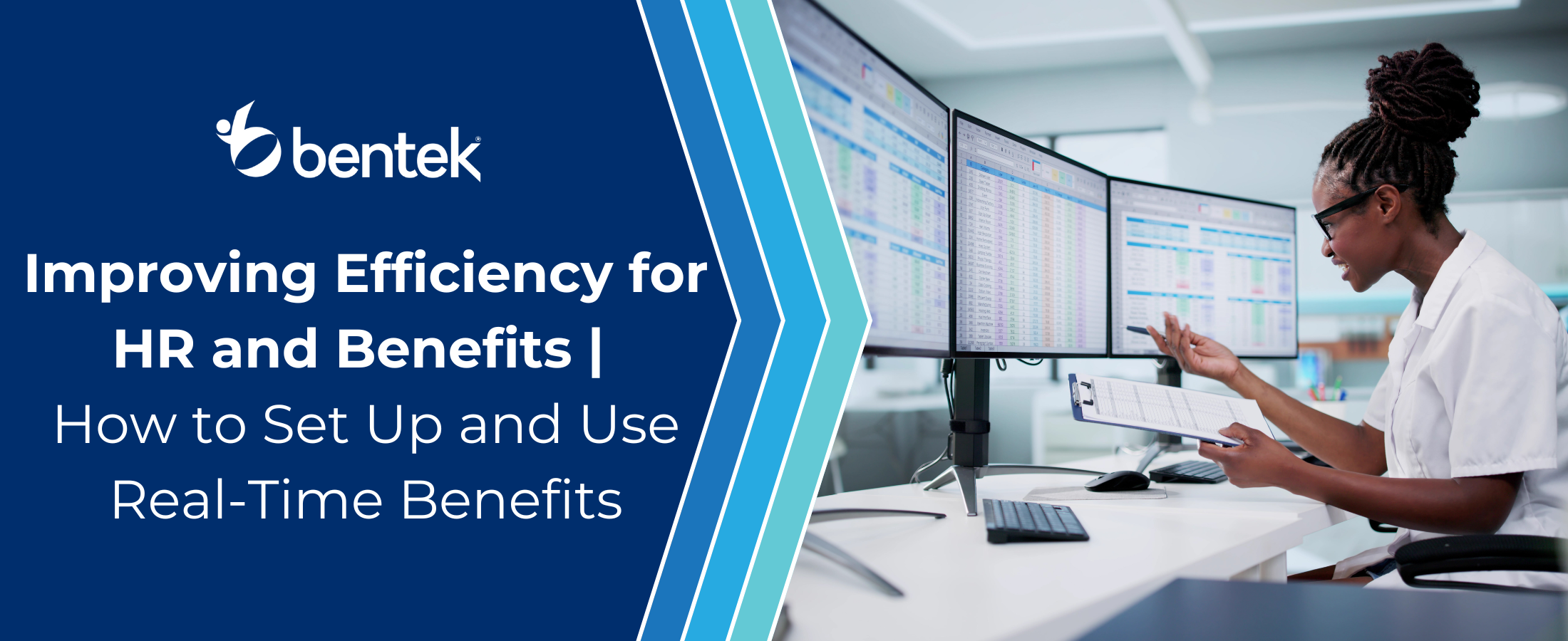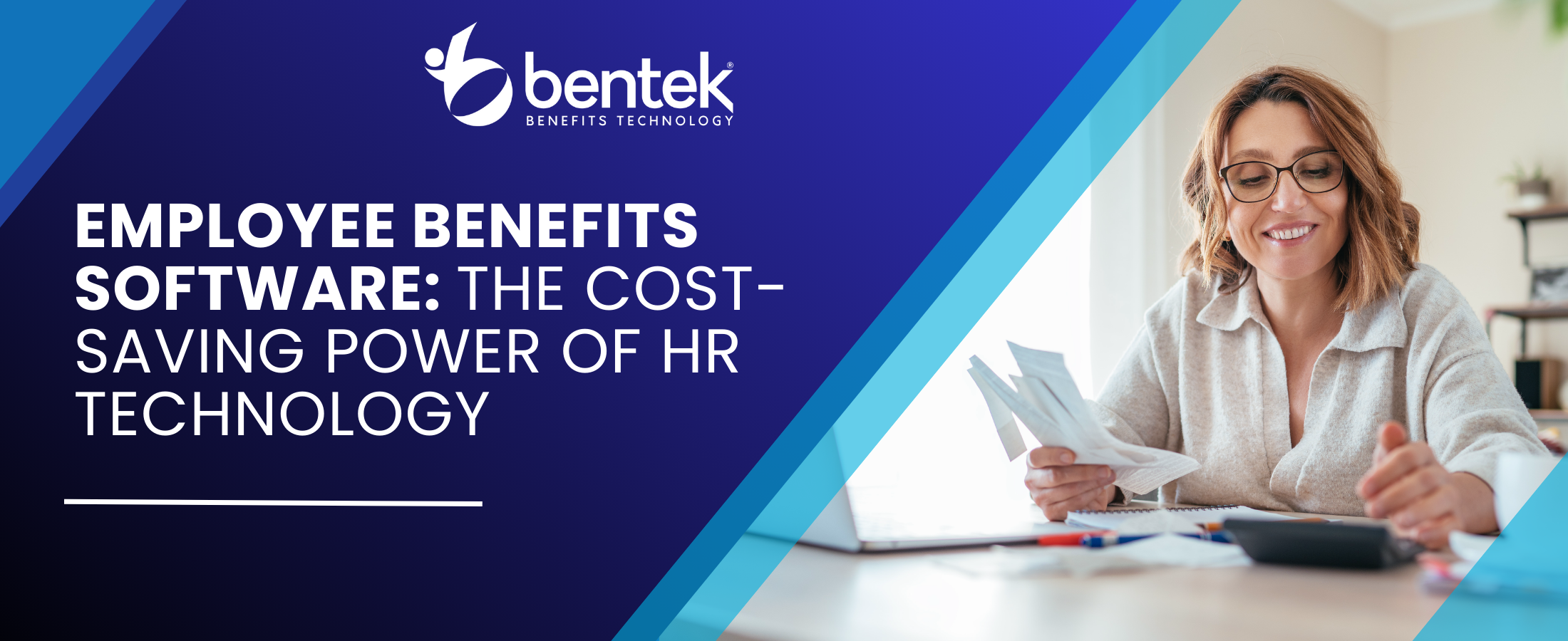In Mercer’s 2023 Benefits Technology Report, they cited that 80% of employers still rely solely on spreadsheets to analyze employee benefits data. In an era where the pace of change is relentless, the ability of HR departments to adapt and innovate remains critical. The introduction of real-time benefits tracking systems marks a pivotal shift in this landscape, transforming HR efficiency and the team’s ability to manage and administer employee benefits. This innovative approach not only enhances the accuracy of benefits data but also significantly boosts employee satisfaction and overall departmental productivity.
By moving away from traditional, periodic updates to a more dynamic, real-time monitoring system, HR departments can avoid the pitfalls of outdated information, leading to more agile and informed decision-making processes. The benefits of this transition are manifold:
- Improved Operational Efficiency: Real-time tracking ensures that HR departments operate with the most current data, reducing the time spent on administrative tasks and allowing for more strategic initiatives.
- Enhanced Decision Making: Access to up-to-date information empowers HR professionals to make informed decisions quickly, adapting to changes in employee needs or market conditions.
- Increased Employee Satisfaction: Immediate access to benefits information and updates significantly improves the employee experience, fostering a culture of transparency and trust.
- Accuracy in Benefits Administration: Real-time systems reduce the likelihood of errors associated with manual data entry or delayed updates, ensuring benefits management is both accurate and efficient.
As organizations continue to navigate the complexities of modern HR management, the role of real-time benefits tracking becomes increasingly essential. It not only signifies a leap towards more efficient and productive HR departments but also aligns with the broader objectives of enhancing employee satisfaction and engagement.
How can your organization leverage real-time benefits tracking to achieve these goals? Continue reading to uncover the strategies and best practices that will propel your HR operations to new heights.
Importance and Benefits of Real-time Benefits Tracking for HR Efficiency
In 2023, only 20% of employers reported that they have real-time data exchange for some aspect of their benefits administration (typically payroll or evidence of insurability) according to Guardian Life. Utilizing real-time data for benefits tracking has emerged as a cornerstone technology for HR departments keen on elevating their operational efficiency and accuracy.
This technology ensures that HR teams have immediate access to benefits data, enabling them to significantly reduce errors that arise from outdated information—a common pitfall in traditional tracking methods. Let’s delve into the multifaceted advantages that real-time benefits tracking offers to HR departments.
Accuracy and Efficiency in Data Management
- Reduction in Payroll Errors: Citing a study by the American Payroll Association, automated time and attendance systems, a component of real-time tracking, can reduce payroll errors by 1-8%. This significant reduction underscores the importance of accuracy in benefits administration.
- Streamlined Processes: In a survey from CareerBuilder, they found that HR managers who do not use automation say they lose an average of 14 hours a week manually completing tasks that could be automated. With real-time tracking, HR departments automate previously manual tasks, saving upwards of 20% in time spent on administrative tasks. This streamlining effect frees HR professionals to focus on higher-value activities.
Enhanced Decision-Making Capability
- Agility in Benefits Offerings: Real-time systems empower HR leaders to swiftly adjust benefits offerings in response to current data and emerging trends. This agility is crucial for meeting employee needs and adapting to market changes effectively.
- Data-Driven Insights: Access to real-time data enables HR departments to make informed decisions quickly, ensuring that the organization remains competitive and responsive to employee needs.
Improved Employee Satisfaction and Retention
- Immediate Access to Benefits Information: One of the critical advantages of real-time tracking is the significant improvement it brings to the employee experience. Employees appreciate timely and transparent communication regarding their benefits, which is a key factor in their satisfaction and retention.
- Responsive HR Services: The ability for HR to respond quickly to employee inquiries and issues related to benefits, thanks to real-time data access, enhances trust and confidence in HR services.
Strategic Resource Allocation
- Focusing on Strategic Initiatives: By saving time on routine administrative tasks through automation and real-time updates, HR departments can allocate more resources towards strategic initiatives. These initiatives could range from workforce planning to employee development programs, further enhancing the organization’s competitive edge.
- Cost Savings: Beyond time savings, the reduction in errors and the efficiency gained from real-time tracking can also translate into direct and indirect cost savings for the organization. Lower error rates in payroll and benefits administration reduce the risk of compliance penalties and employee dissatisfaction.
Real-time benefits tracking stands out as a transformative tool for HR departments, driving not just improvements in operational efficiency and data accuracy, but also enhancing employee satisfaction and strategic decision-making. The adoption of real-time tracking technologies allows HR professionals to stay ahead in a fast-paced market environment, ensuring that their organizations remain competitive and responsive to employee needs.
How to Set Up Real-time Benefits Tracking in HR Departments
Implementing real-time benefits tracking within HR departments necessitates a meticulous and strategic approach. It involves selecting the appropriate technology platform, establishing clear metrics, ensuring data security and compliance, and training staff effectively.
This section explores each of these critical steps, drawing from industry examples and best practices to guide HR professionals through the process.
Selecting a Technology Platform
Choosing the right technology platform is the first critical step in implementing real-time benefits tracking. The selected platform should:
- Integrate seamlessly with existing HR systems to ensure smooth data flow and accessibility.
- Support real-time data updates to provide HR teams with the most current information.
- Be user-friendly to facilitate easy adoption among HR staff and employees.
- Offer robust data analytics capabilities to derive insights from benefits data efficiently.
Want more information on selecting a tech partner? Click here to read our guide on how to choose the right technology partner.
Defining Metrics and KPIs
To measure the impact of a real-time benefits tracking system accurately, HR departments must define specific metrics and KPIs. These could include:
- Enrollment rates, to understand how many employees are taking advantage of offered benefits.
- Benefits utilization is used to gauge which benefits are most and least used, informing future benefits strategy.
- Cost per employee, to track the financial impact of benefits on the organization.
Ensuring Data Security and Compliance
Given the sensitive nature of benefits information, ensuring data security and compliance is paramount. HR departments should:
- Choose platforms that comply with regulations like the Affordable Care Act (ACA) and the Health Insurance Portability and Accountability Act (HIPAA).
- Implement strong data protection measures, including encryption and access controls.
- Regularly audit their systems and processes to ensure ongoing compliance and security.
Training HR Staff
The effectiveness of real-time benefits tracking systems highly depends on the proper training of HR staff. Training programs should:
- Focus on system functionality, ensuring staff can navigate and utilize all features efficiently.
- Highlight data security practices, emphasizing the importance of protecting sensitive information.
- Incorporate real-world scenarios, to help staff understand how to apply the system in various situations.
Through strategic implementation, adherence to security and compliance standards, and comprehensive staff training, HR departments can harness the power of real-time benefits tracking to improve efficiency, accuracy, and employee satisfaction.
For more articles like this one, check out the Bentek Blog!




